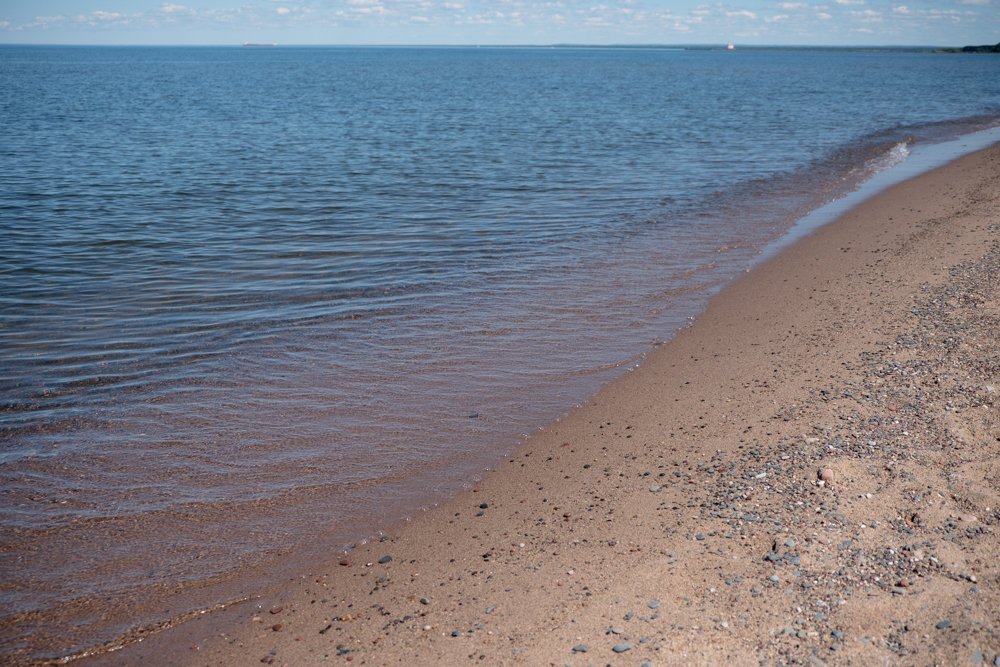
Oxythermal Physiology of Young Laurentian Coregonids
Recruitment failures have led to declines of Lake Whitefish (Coregonus clupeaformis) and Cisco (C. artedi sensu lato) throughout the Great Lakes and in inland lakes, with more failures anticipated due to climate warming. Re-establishment of coregonid populations requires understanding the environmental drivers of population processes, whether these drivers vary by species or population, and how population-specific biology may impact plans for hatchery-based culturing and reintroduction. The oxythermal physiology of Laurentian coregonids, of which little is known, is integral to addressing these questions. Therefore, this project will seek to determine the oxygen and temperature tolerances of cisco embryos and young larvae.
We hypothesize that coregonids may exhibit local adaptation specific to their shallow- or deep-water ecotypes and that environmental conditions specific to different populations will yield greater performance. We will investigate these hypotheses among early life stages, and quantify the relationship between oxythermal conditions, growth and survival. An additional goal of this project is to integrate physiological performance data and associated uncertainty into statistical models of coregonid recruitment using physiologically guided abundance (PGA) models. These models enable prediction of population persistence and abundance that take into account both the fundamental and realized niche, and thus enable prediction of recruitment success under novel oxythermal conditions.
This project is only just beginning so please check back as we collect the data and results through 2025.
